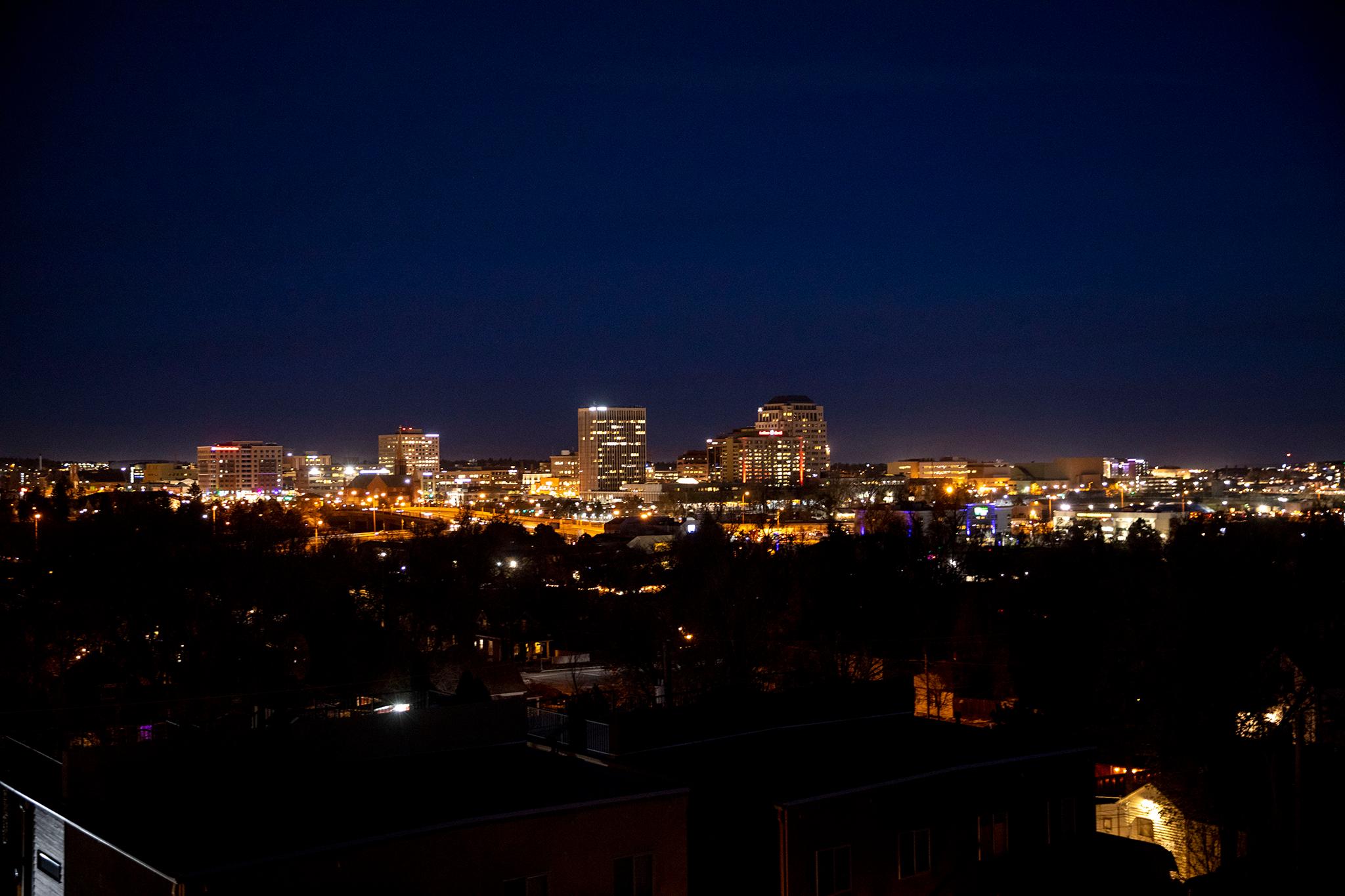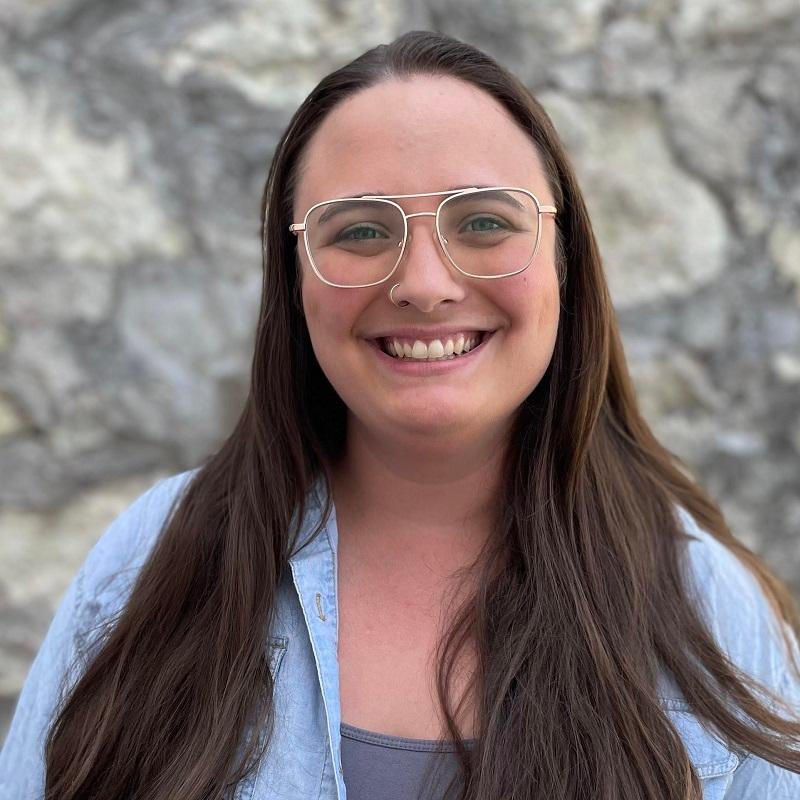
There are fewer unhoused people in El Paso County according to this year's Point in Time homelessness survey.
The latest report found 1,302 people living without shelter in the county. That's about 100 fewer than last year's count.
KRCC’s Jess Hazel sat down with Evan Caster, manager of homeless initiatives for the Pikes Peak Continuum of Care to talk about the results.
Interview Highlights
This conversation has been edited for time and clarity.
What the results of this year’s homelessness point-in-time survey mean
We always know [the survey is] a snapshot of homelessness during that time period, which is the end of January. One of the things we saw is that our point-in-time overall number was the lowest it's been since 2016.
In addition, [with] some of those racial disproportional pieces that we're also noticing, we know that there are systemic, institutional pieces about affordable housing [and] access to opportunities. Those pieces are things that we are often seeing in our homeless population, unfortunately, that we see a larger overrepresentation of either families who are Black, Indigenous, American Indian, [or] Alaskan Native.
Also, we saw a little bit of a trend, especially among families in particular, around the Hispanic Latinx population. Those trends speak to how we can connect families, those who are experiencing homelessness to services in the community as quickly as possible.
We expected to see a higher number. Having done all the work and spending the time crunching the numbers, when you see our lowest number since 2016, that's where we can say, ‘All right, something's working here.’
Why focus on specific demographics
There are some real differences, especially as we talked about race, but also in terms of our veteran military population, youth population, [and] families as opposed to individual adults. Again, the Point in Time being a snapshot in time helps see those trends year-over-year and it allows us to prioritize funding strategies [and look at] the way the service providers are operating. We always want to get better at that and make sure we're meeting the needs of the community.
How data directs funding
One of the things the Continuum of Care is responsible for is bringing in money from the U.S. Department of Housing and Urban Development, or HUD. Annually we get about $2.5 million. Of that money, almost 80 percent goes to permanent housing projects. We only get about 7 percent of the state's HUD funding for Continuum of Care dollars. We often see close to 15 percent of the state's homeless population.
But that's how we can leverage other opportunities. Where can we bring in private funding? Where can we really guide the community on the strategies that are working well? And data is a good way to do that.
On permanent housing projects
We've actually seen some of those permanent housing projects already come into our community. The first example of that was Greenway Flats that is right next to the Springs Rescue Mission campus. We housed 65 individual adults and some couples also in that space.
Afterwards, we had Freedom Springs, which is a veteran-specific housing project. In 2020 [it helped to get] 50-plus veterans off the street who are experiencing homelessness.
Just earlier this year, the Commons with Homeward Pikes Peak opened up its doors.
The Launchpad Project with The Place is going to be a first of its kind for the state of Colorado to have a permanent housing project set aside for young adults between the ages of 18 and 24 years old. So we really look forward to more projects like that and in particular the Launchpad taking off and hopefully breaking ground later this year.
On the perception of homelessness in El Paso County
One of the things that we know is that services for people who are experiencing homelessness are really centrally located [in] the downtown Colorado Springs corridor. One of those things that we're always trying to talk to neighbors about – residents of Colorado Springs and El Paso County — is that there's a lot of nonprofits who are doing excellent work every day. The opportunities to continue to promote them, to continue to talk about their excellent work are going to be the ways that we're going to truly end homelessness, I believe.
As we continue to really talk about and look at that shift in perceptions and stigma reduction, there are a lot of ways to also talk about homelessness through dignity and respect [and] recognizing that everyone out there has their own story. We know that you're much more likely to be a paycheck away from becoming homeless than you are from being a multimillionaire.









